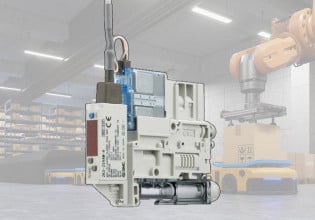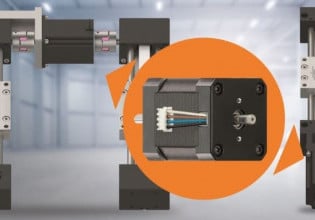J
Could it be possible to have a communication redundant link Ethernet TCP/IP in a programmable electronic system with architecture triple modular
redundant by a LAN and/or WAN network? In what layers of OSI/ISO, could we have troubles?
Or maybe, the troubles could be in the hardware or software of PES?
redundant by a LAN and/or WAN network? In what layers of OSI/ISO, could we have troubles?
Or maybe, the troubles could be in the hardware or software of PES?






